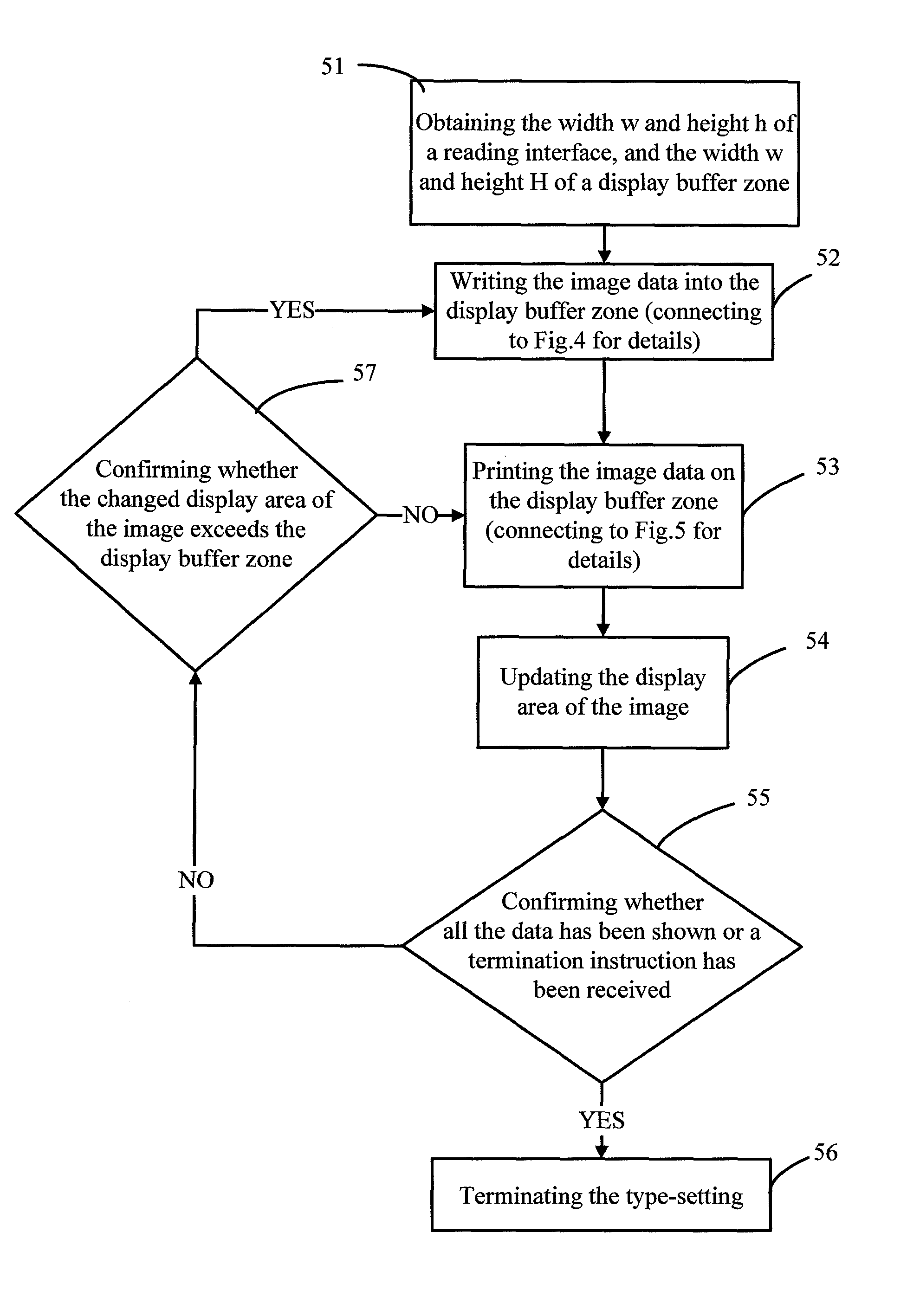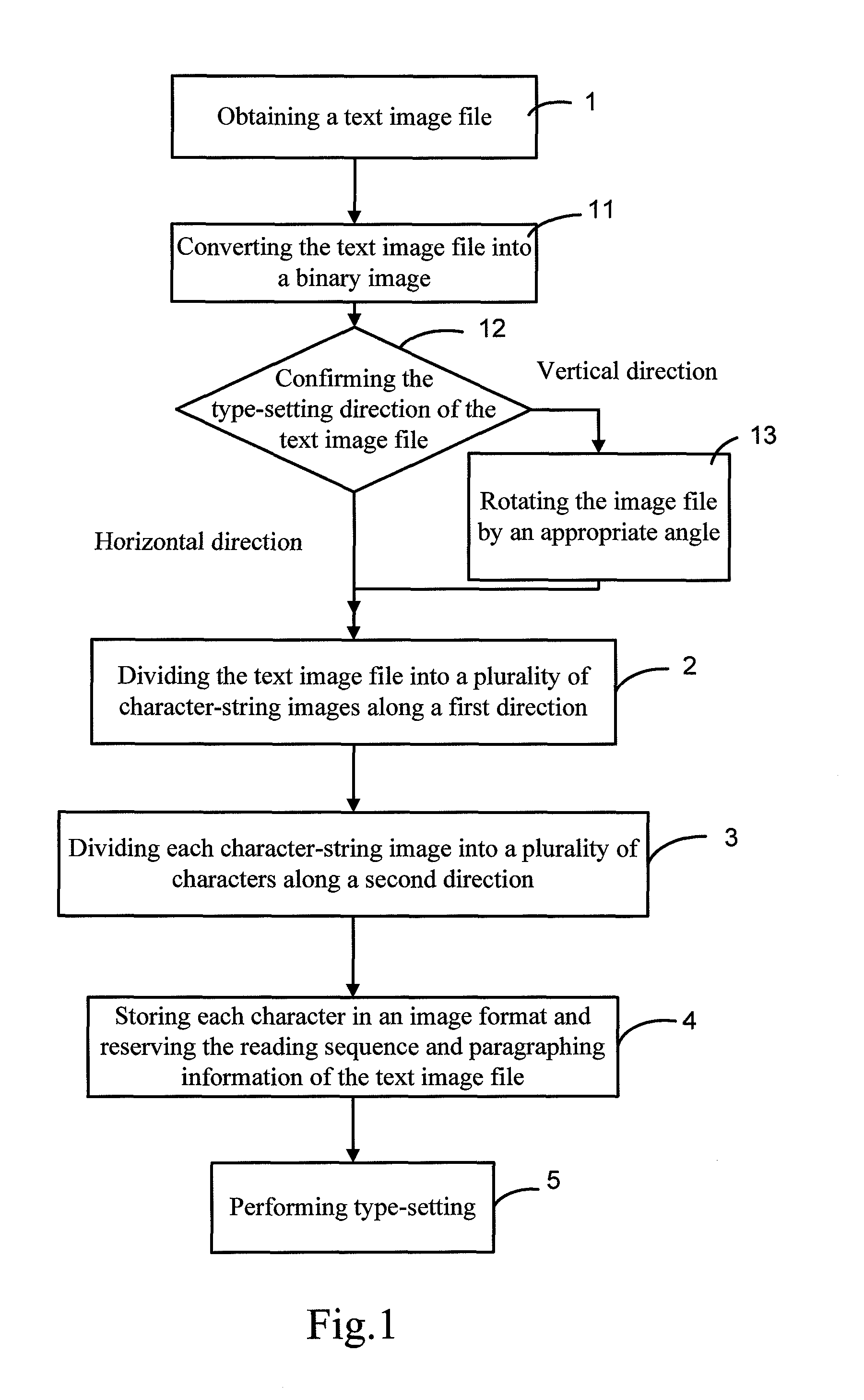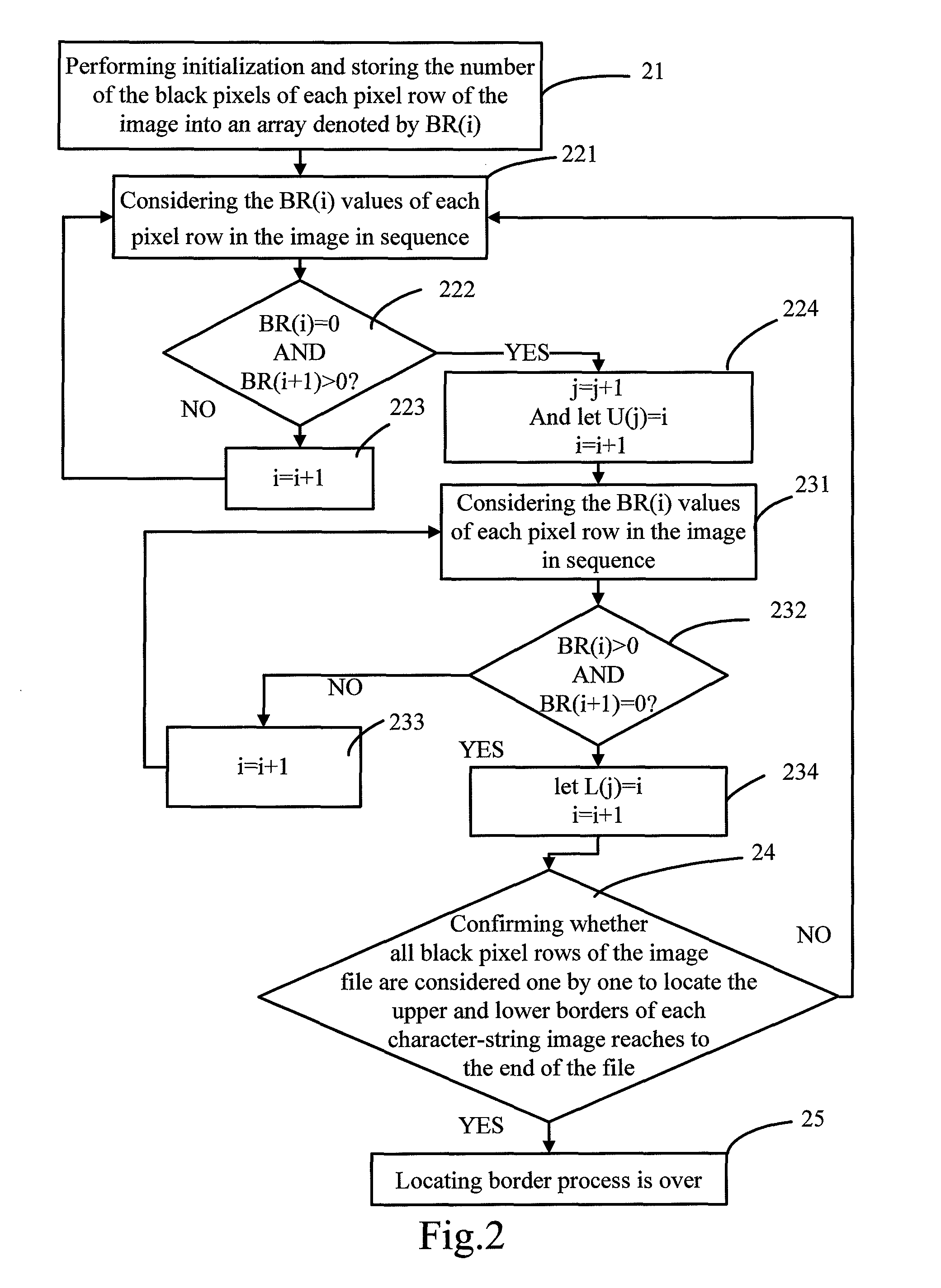Type-setting method for a text image file
a typesetting method and text image technology, applied in the field of text image file typesetting method, can solve the problems of time-consuming and sometimes frustrating reading experience, inability to read electronically by e-readers, and inability to load scanned image files to automatically perform line-feeding,
- Summary
- Abstract
- Description
- Claims
- Application Information
AI Technical Summary
Benefits of technology
Problems solved by technology
Method used
Image
Examples
Embodiment Construction
[0019]The technical contents will be described in detail with the embodiments below. However, the persons skilled in the art should understand that the embodiments are only to exemplify the present invention but not to limit the scope of the present invention, and that any equivalent modification or variation according to the spirit of the present invention is to be also included within the scope of the present invention.
[0020]The type-setting method for a text image file of the present invention comprises two primary processes: a text dividing process and a type-setting process. In the text dividing process, the present invention divides the text image file into a plurality of independent and individual characters, and stores the characters in image formats and their related information. In the type-setting process, the present invention performs type-setting and automatic line-feeding of the divided characters in light of the view dimension of the reading interface. Thereby, the p...
PUM
 Login to View More
Login to View More Abstract
Description
Claims
Application Information
 Login to View More
Login to View More - R&D
- Intellectual Property
- Life Sciences
- Materials
- Tech Scout
- Unparalleled Data Quality
- Higher Quality Content
- 60% Fewer Hallucinations
Browse by: Latest US Patents, China's latest patents, Technical Efficacy Thesaurus, Application Domain, Technology Topic, Popular Technical Reports.
© 2025 PatSnap. All rights reserved.Legal|Privacy policy|Modern Slavery Act Transparency Statement|Sitemap|About US| Contact US: help@patsnap.com



